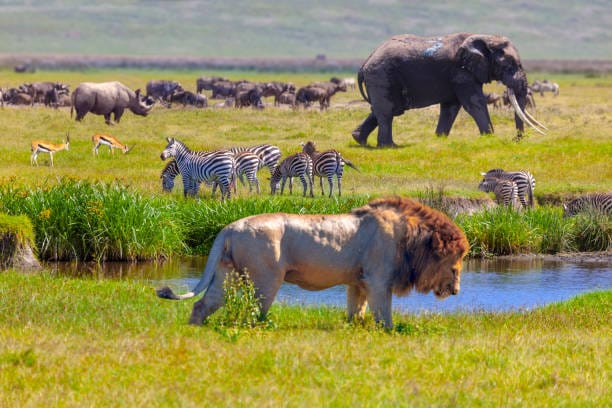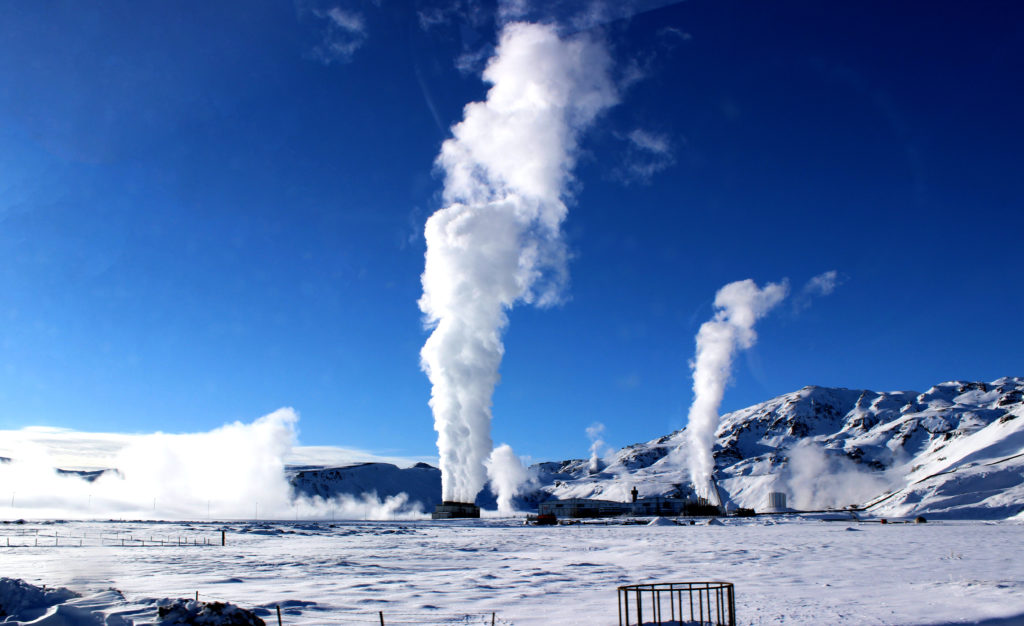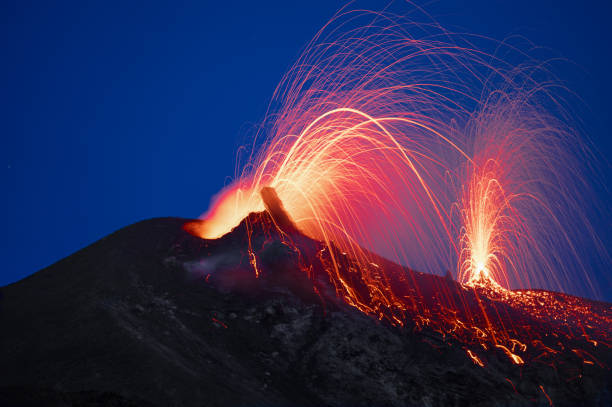Biodiversity is more than just a collection of pretty animals and plants. It is the living fabric of our planet, woven through with endless connections between species, ecosystems, and humanity itself. Every bird song, every forest canopy, every coral reef hums with the symphony of life — a symphony that we are now in grave danger of silencing.
Around the world, biodiversity is collapsing at an unprecedented rate. Scientists warn that Earth is undergoing its sixth mass extinction — a wave of loss that threatens not just exotic creatures in remote jungles, but the very foundation of human survival. From the air we breathe to the food we eat, the stability of our climate, and the medicines that heal us, biodiversity underpins everything.
Yet, amid this crisis lies hope. We possess the knowledge, tools, and will to turn the tide. Here are 15 critical steps humanity must take to conserve biodiversity — not just as an act of charity, but as an act of self-preservation.
1. Protect and Expand Natural Habitats
At the heart of conservation lies the preservation of natural habitats — forests, wetlands, grasslands, coral reefs, and more. These are the homes of countless species, the nurseries where life begins, and the intricate arenas of ecological interactions.
The first step is stopping habitat destruction. Logging, mining, agriculture expansion, and urban sprawl continue to eat away at the wild places. Creating protected areas, such as national parks and wildlife reserves, helps shield habitats from these pressures.
But it’s not enough to simply fence off patches of wilderness. We must also restore degraded ecosystems — planting trees, re-wetting drained wetlands, and reviving coral reefs — to rebuild the complexity of life.
Expanding corridors that connect these habitats is equally vital. Fragmentation isolates populations, reducing genetic diversity and increasing extinction risk. Wildlife corridors act as lifelines, allowing species to migrate, breed, and adapt to changing environments.
2. Stop Overexploitation of Species
Humans have long depended on nature’s bounty for food, materials, and medicine. But overexploitation — hunting, fishing, and harvesting beyond sustainable limits — is pushing many species toward collapse.
Overfishing has devastated ocean ecosystems, wiping out critical fish stocks and altering food chains. The illegal wildlife trade fuels the extinction of iconic species like elephants, rhinos, and pangolins.
Regulating harvests through science-based quotas, enforcing anti-poaching laws, and promoting sustainable use are essential to curb overexploitation. Local communities, often the stewards of biodiversity, must be involved and empowered in conservation decisions.
3. Combat Invasive Species
Invasive species — non-native plants, animals, or pathogens introduced accidentally or deliberately — wreak havoc on native biodiversity. They outcompete, prey upon, or bring diseases to indigenous species, disrupting ecosystems that took millennia to evolve.
From the brown tree snake in Guam wiping out native birds to the zebra mussels clogging North American waterways, invasive species are a silent, relentless threat.
Preventing introductions through strict biosecurity measures, early detection, rapid response, and public awareness campaigns can protect fragile ecosystems. Eradication and control efforts, though challenging and costly, are necessary to restore balance.
4. Address Climate Change as a Biodiversity Threat
Climate change is reshaping habitats and species distributions faster than many organisms can adapt. Warming temperatures, altered precipitation patterns, and extreme weather events destabilize ecosystems.
Polar bears lose ice platforms, coral reefs bleach and die, and forests face unprecedented droughts and fires.
Biodiversity conservation cannot succeed without tackling climate change head-on. Reducing greenhouse gas emissions, transitioning to renewable energy, and enhancing carbon sinks (like forests and wetlands) benefit both the climate and biodiversity.
Furthermore, conservation planning must incorporate climate adaptation strategies — such as protecting climate refugia and facilitating species migration.
5. Promote Sustainable Agriculture and Forestry
The way we produce food and timber profoundly affects biodiversity. Industrial monocultures, heavy pesticide use, and deforestation for agriculture degrade soil health and destroy habitats.
Shifting toward sustainable farming methods — agroecology, organic farming, agroforestry — can maintain productivity while conserving biodiversity. Practices like crop rotation, polycultures, and integrated pest management enrich soil and support beneficial species.
Similarly, sustainable forestry practices balance timber harvest with forest regeneration and wildlife protection.
Consumers can also drive change by choosing sustainably sourced products, supporting fair trade, and reducing food waste.
6. Strengthen Legal Frameworks and Governance
Effective biodiversity conservation demands strong laws and governance at local, national, and international levels.
Many countries have enacted legislation protecting endangered species and habitats, but enforcement is often weak due to lack of resources or corruption.
International agreements — such as the Convention on Biological Diversity (CBD) and the CITES treaty regulating wildlife trade — provide frameworks for cooperation.
Strengthening these instruments, ensuring compliance, increasing funding, and enhancing transparency are key to meaningful conservation progress.
7. Engage and Empower Indigenous Peoples and Local Communities
Indigenous peoples and local communities have stewarded Earth’s biodiversity for millennia. Their traditional knowledge and cultural practices often align closely with conservation goals.
Recognizing their land rights, involving them in decision-making, and respecting their knowledge systems empower these custodians and improve conservation outcomes.
Programs that support community-based conservation demonstrate that protecting biodiversity and sustaining livelihoods can go hand in hand.
8. Restore Degraded Ecosystems
Human activities have damaged vast tracts of land and sea, fragmenting and degrading ecosystems. Restoration is the act of healing these scars — planting native species, removing invasive plants, rehabilitating wetlands, and replenishing soil.
Successful restoration rebuilds ecosystem services like water purification, carbon sequestration, and habitat provision.
Restoration can also create jobs, support livelihoods, and improve resilience to climate change, making it a vital tool in biodiversity conservation.
9. Monitor and Research Biodiversity
Knowledge is power. To conserve biodiversity effectively, we must understand it deeply.
Monitoring species populations, ecosystems health, and threats provides data to guide policies and management.
Research uncovers the intricate relationships within ecosystems, the effects of human activities, and the potential of novel conservation tools.
Emerging technologies—satellite imaging, environmental DNA, AI modeling—are revolutionizing our ability to observe and protect biodiversity on a global scale.
10. Raise Public Awareness and Foster Environmental Education
Biodiversity conservation ultimately depends on people. Raising awareness about the importance of biodiversity and the threats it faces builds public support.
Education at all levels—schools, universities, communities—instills respect for nature and motivates action.
Campaigns, storytelling, and citizen science projects connect people emotionally and intellectually to the natural world.
When individuals understand how biodiversity supports their health, economy, and well-being, they become powerful advocates for change.
11. Foster Sustainable Urban Development
Cities are growing rapidly, often at the expense of surrounding ecosystems. Yet, urban areas can also be part of the solution.
Green infrastructure—parks, green roofs, urban forests—supports urban biodiversity and improves residents’ quality of life.
Planning cities with nature in mind reduces habitat loss, mitigates heat islands, and enhances resilience to climate impacts.
Smart growth, public transport, and waste reduction also reduce human ecological footprints.
12. Promote Biodiversity-Friendly Business Practices
Businesses wield enormous influence on biodiversity through resource extraction, supply chains, and pollution.
Sustainable sourcing, reducing waste and emissions, and integrating biodiversity into corporate strategies are critical.
Certification schemes (like Forest Stewardship Council, Rainforest Alliance) incentivize sustainable practices.
Investors increasingly recognize that protecting biodiversity reduces risks and creates long-term value.
13. Support Biodiversity in Oceans and Freshwater Systems
Oceans and freshwater habitats harbor incredible biodiversity vital to global ecosystems and human livelihoods.
Overfishing, pollution, acidification, and habitat destruction imperil these waters.
Marine protected areas, sustainable fisheries management, pollution controls, and restoration of wetlands and rivers help safeguard aquatic biodiversity.
Integrated water resource management ensures the health of entire freshwater ecosystems.
14. Address Pollution and Chemical Impacts
Pollution—from plastics to pesticides to industrial chemicals—threatens biodiversity worldwide.
Microplastics accumulate in food chains, pesticides kill pollinators and disrupt ecosystems, and toxic substances degrade habitats.
Reducing pollution requires stricter regulations, innovation in waste management, and shifts to greener chemistry.
Public participation in clean-up efforts and reducing single-use plastics also contribute.
15. Build Global Cooperation and Equity
Biodiversity knows no borders. Its conservation demands unprecedented global cooperation.
Sharing technology, funding, expertise, and benefits fairly among nations strengthens the collective response.
Equity and justice are central—recognizing the disproportionate burdens borne by developing countries and vulnerable communities.
Only by uniting humanity’s diverse strengths can we preserve the natural heritage of our planet.
Conclusion: A Shared Responsibility, A Shared Future
Biodiversity conservation is the challenge of our time. The steps outlined here are interconnected threads in a global tapestry of solutions. They require action at every level—from individuals nurturing backyard habitats to governments creating protective laws.
This is not a distant ideal. It is an urgent necessity. Without biodiversity, the web of life unravels, and with it, the future of humanity.
But with courage, wisdom, and compassion, we can protect the intricate dance of life. We can honor the millions of species that share this Earth, from the smallest microbe to the tallest redwood. We can safeguard the ecosystems that cleanse our water, enrich our soil, and stabilize our climate.
The fate of the natural world and the fate of humanity are one and the same. The time to act is now. Together, we can choose life.






